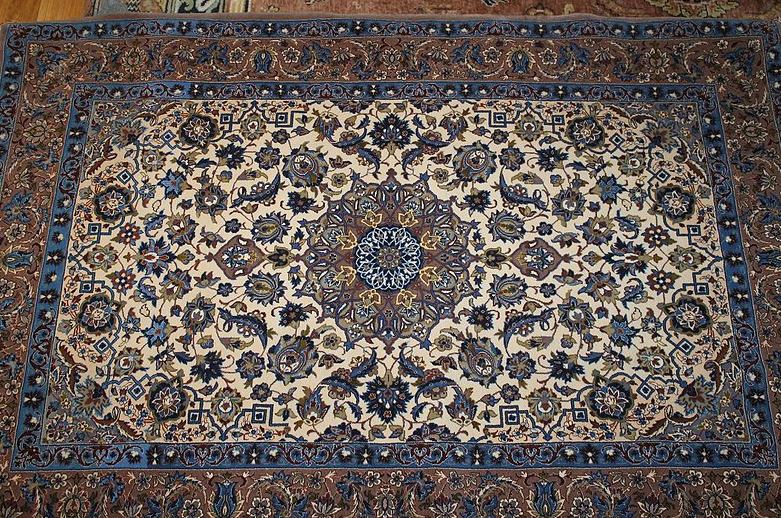
Why is mold bad?
Molds are a major source of allergens. Allergic responses include hay fever-type symptoms, such as sneezing, dripping nose, swollen red eyes, and skin rash. Allergic reactions to mold are common. They can be immediate or delayed. Molds can also be the culprit that triggers asthma attacks in people. In addition, mold may irritate the eyes, skin, nose, throat and lungs of both mold-allergic and non-allergic people.
Carpet at Risk
Carpeting is a part of the home that can be at high risk for mold growth. In order to flourish, mold needs dampness, oxygen, a food source, and a place to grow on. Mold spores are often found naturally in the air. If spores rest on a moist spot indoors that contains dirt for them to feed on, mold growth is sure to come. Normal carpeting, as well as throw rugs, can provide an abundant breeding ground for mold if conditions are right. At especially high risk for mold growth are carpets located below ground level in basements, carpet in homes located in moist or damp climates, and carpet that has been wet for any period of time.
Identifying Mold in Carpeting
Just because you can’t see mold on a carpet’s surface does not mean that mold growth is not there. Matter of fact, mold will most likely only be visible on the surface of carpets in extremely severe cases of infestation, such as carpet damaged by water saturation that has remained wet for some time. Some examples of where mold growth has occurred or is likely to occur:
Visible Mold: As mentioned above, this can be the extreme occurrence. Carpet in this condition is not salvageable to the health conscious and should be removed. Often, even if mold growth is not visible, it could be alive and thriving underneath the backing of the carpet where its difficult to be seen. Carpet suspected of containing mold should be inspected on both sides.
Carpet Mildew: Any color changes or smells on carpeting indicating mildew is probably a case of mold.
Wet or Water-Damaged Carpet: Any carpet that has had water damage from flooding or standing water will most likely need to be disposed of. Conditions are perfect for mold colonies, in this case. Even if you can’t see or smell any evidence of mold, it is most likely occuring unless the carpet has been removed, cleaned and dried within 24 to 48 hours. Even then, it is not guaranteed to prevent mold growth. It is more likely that the carpet will need to be replaced.
Wet Padding Beneath Carpet: If padding beneath the carpet has become wet or damp, the padding as well as the carpet on top are at risk for mold damage. The padding should be replaced, as well as the carpet, in some cases.
Basement Carpet: Carpeting in basements in areas with high humidity or big swings in temperature, which cause conditions for condensation are at higher risk of mold
Smells and Stains: There is a vast spectrum of causes that may generate odors and stains on carpets. If you suspect mold, samples may be taken and analyzed to determine if it is due to mold growth.
